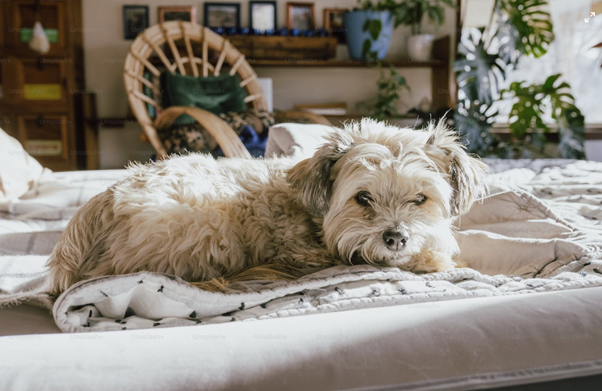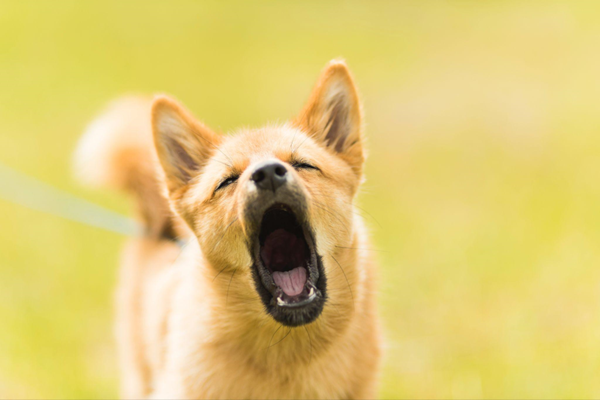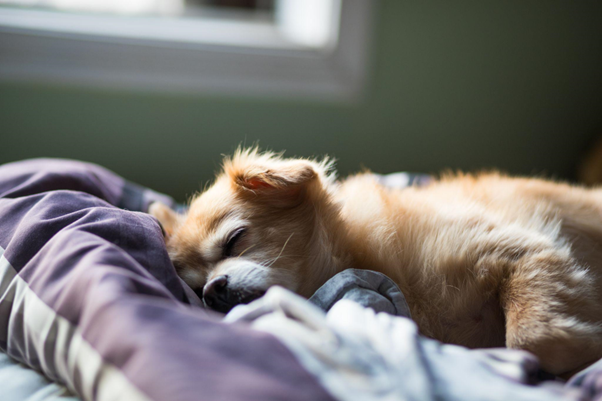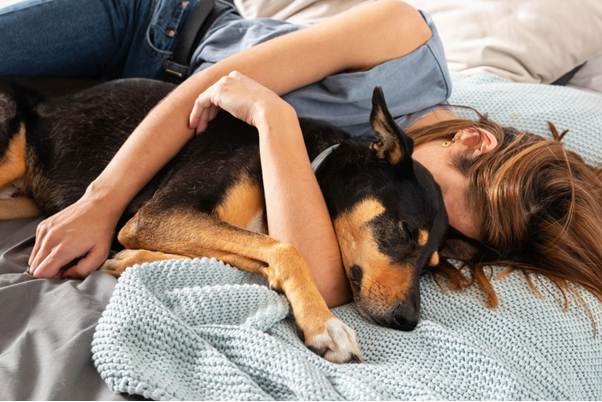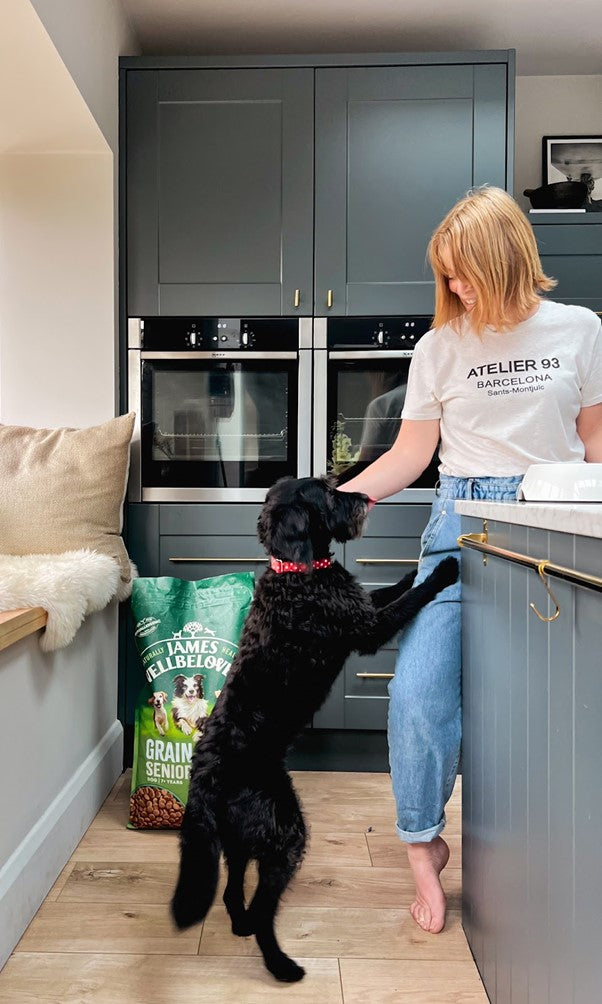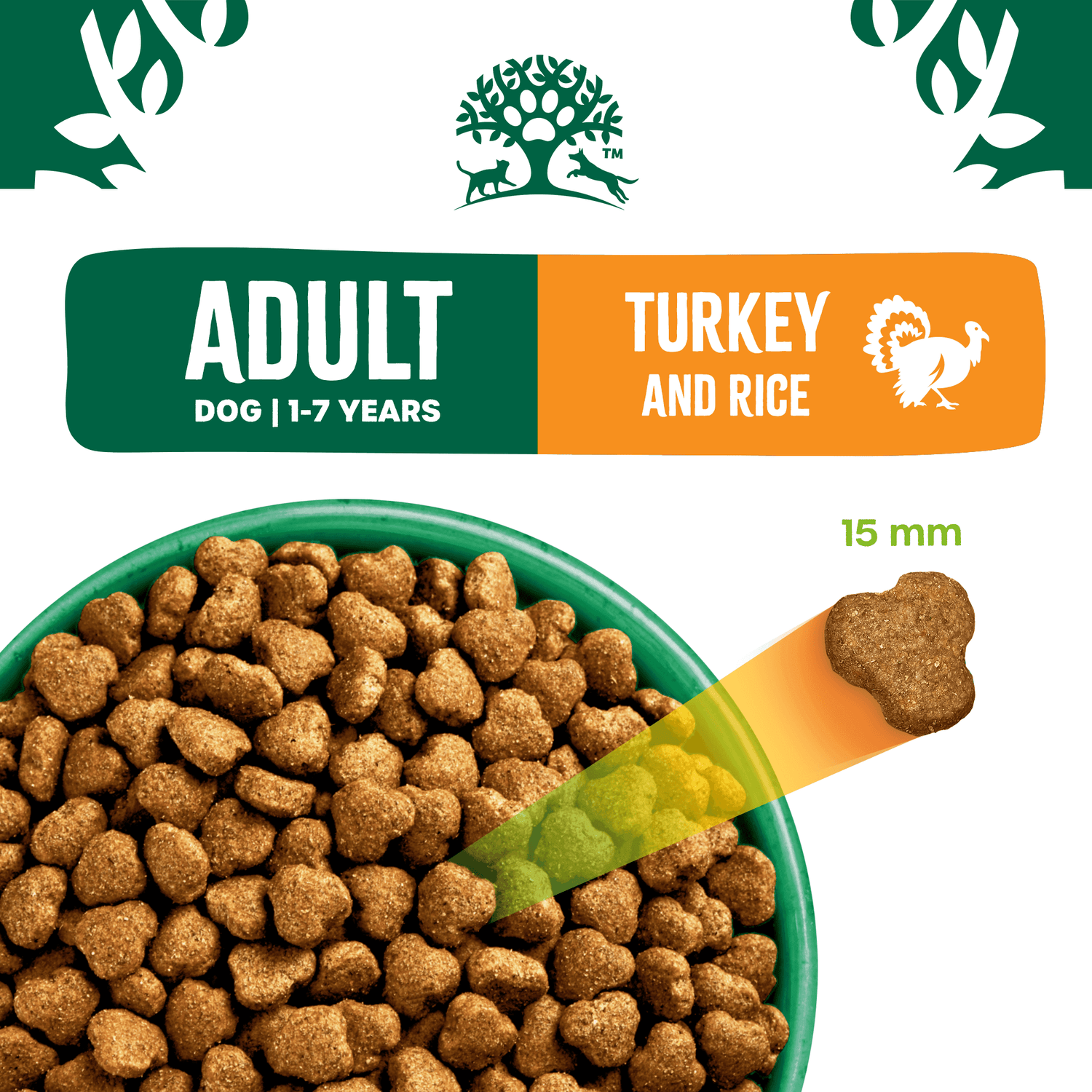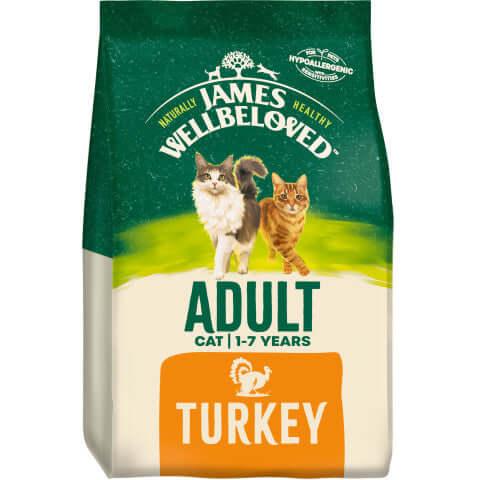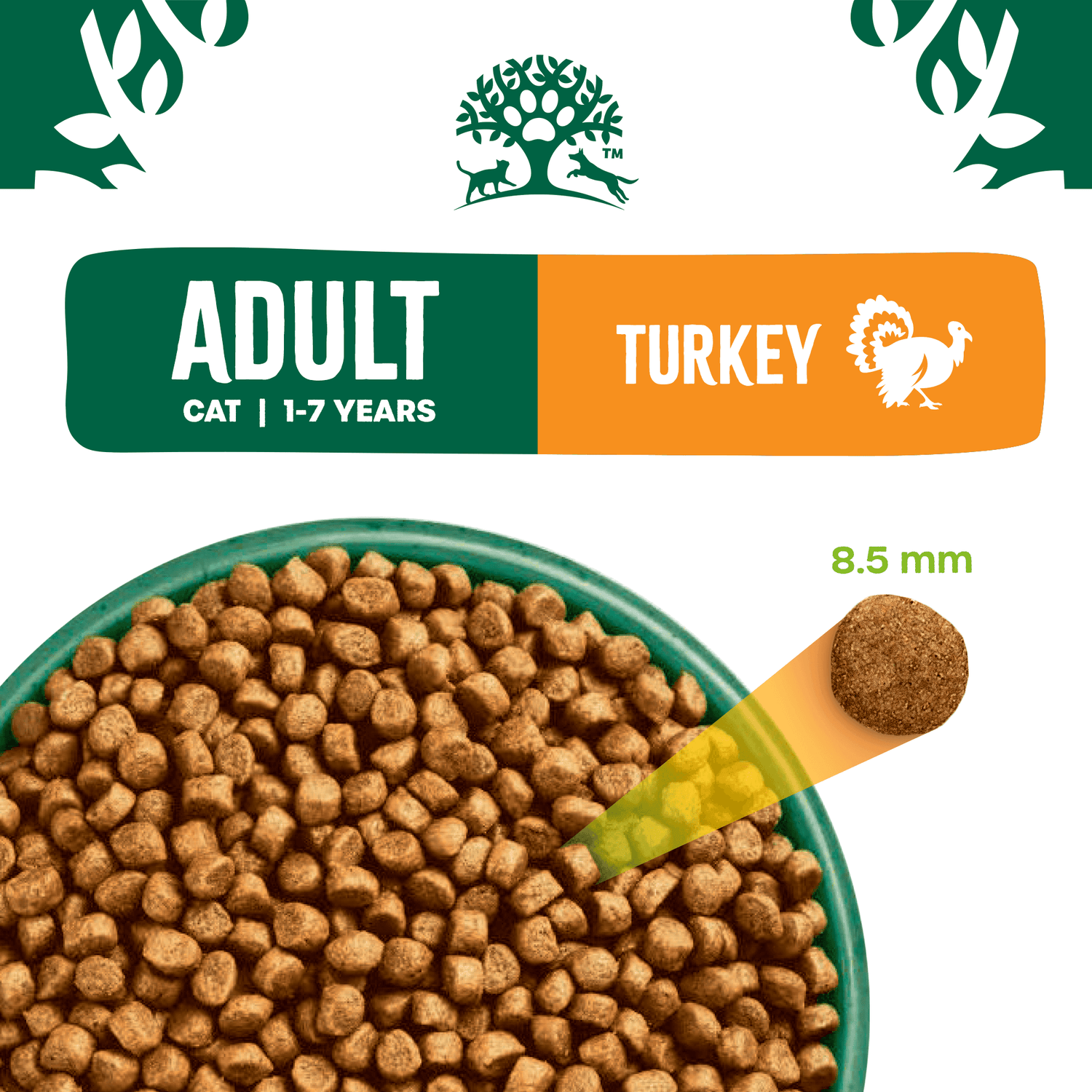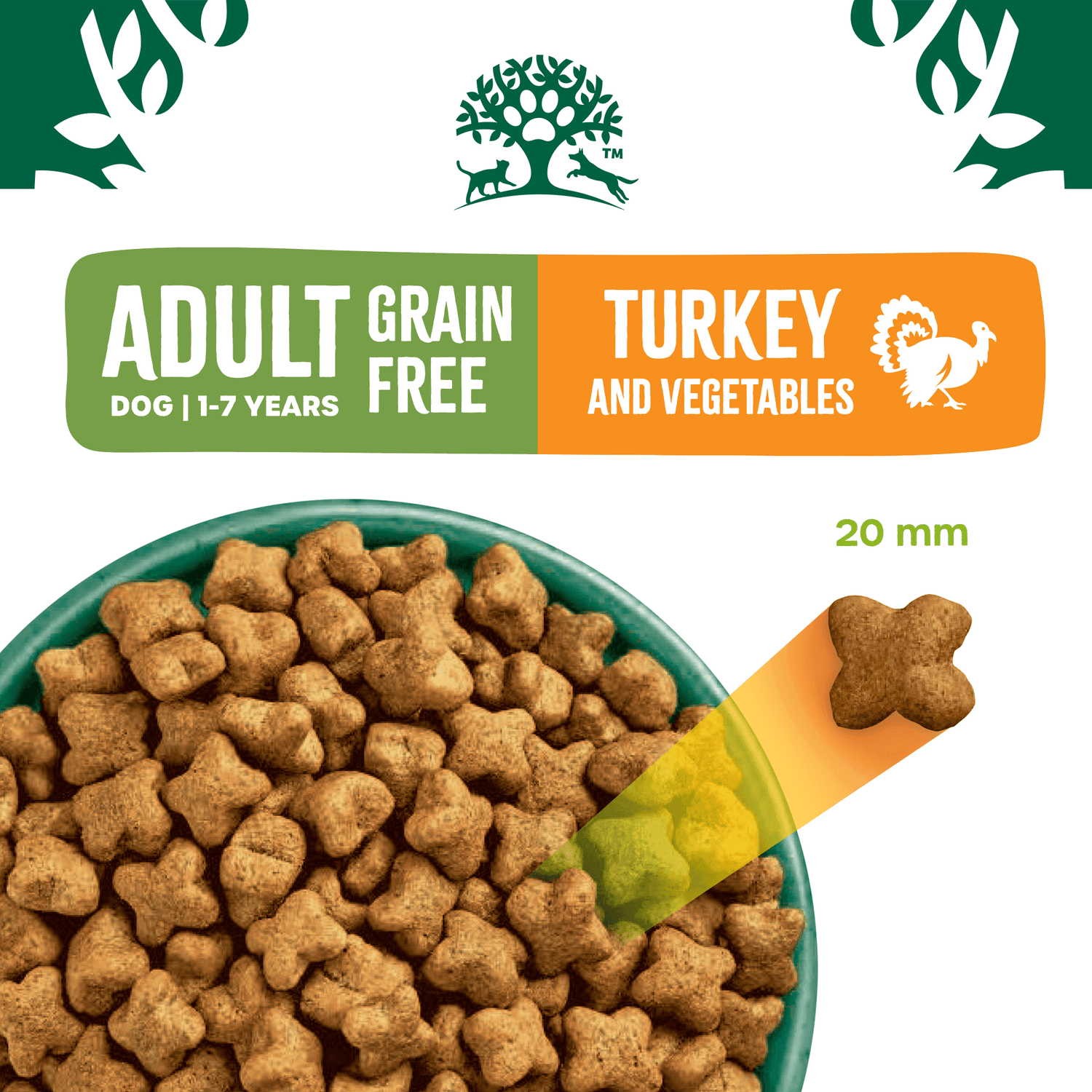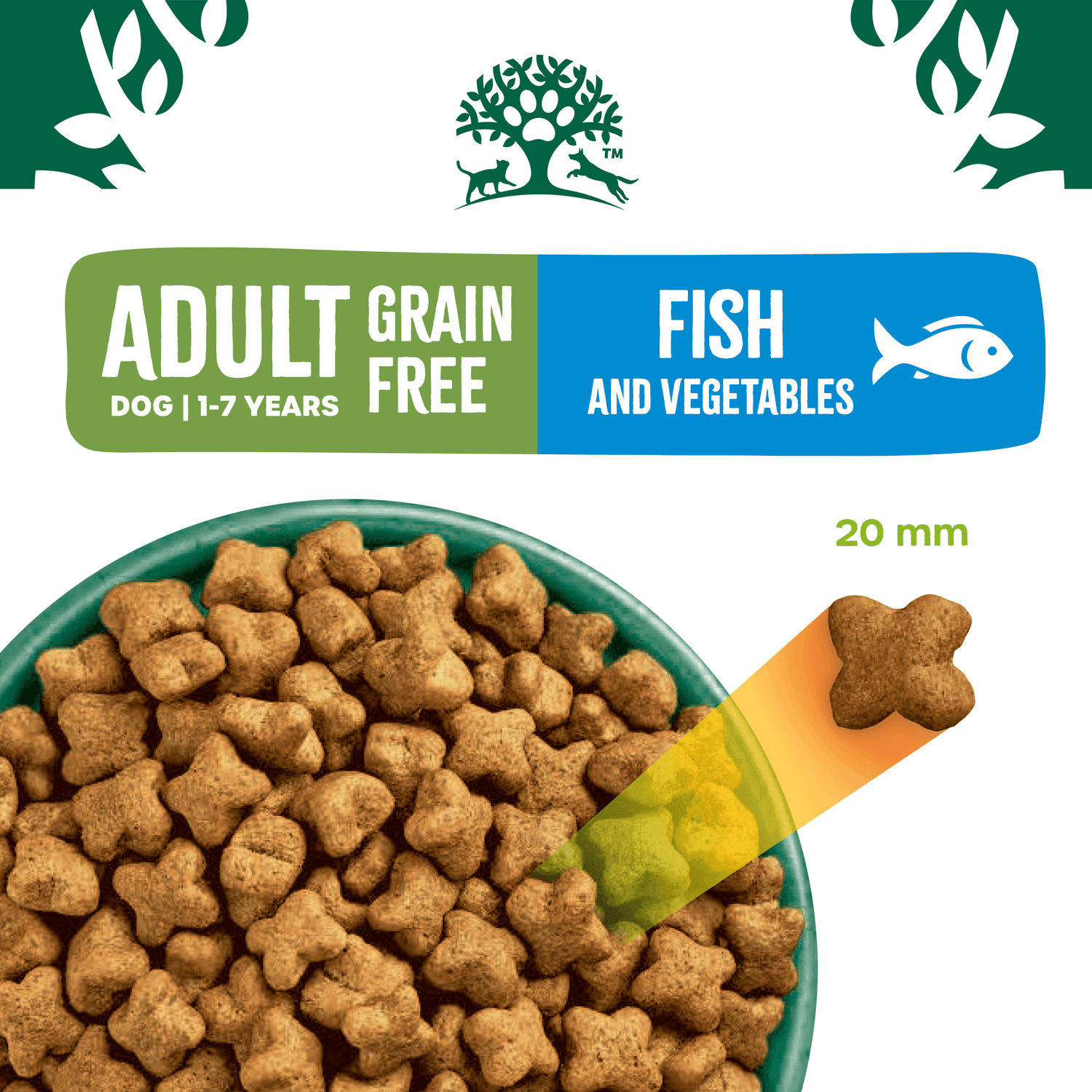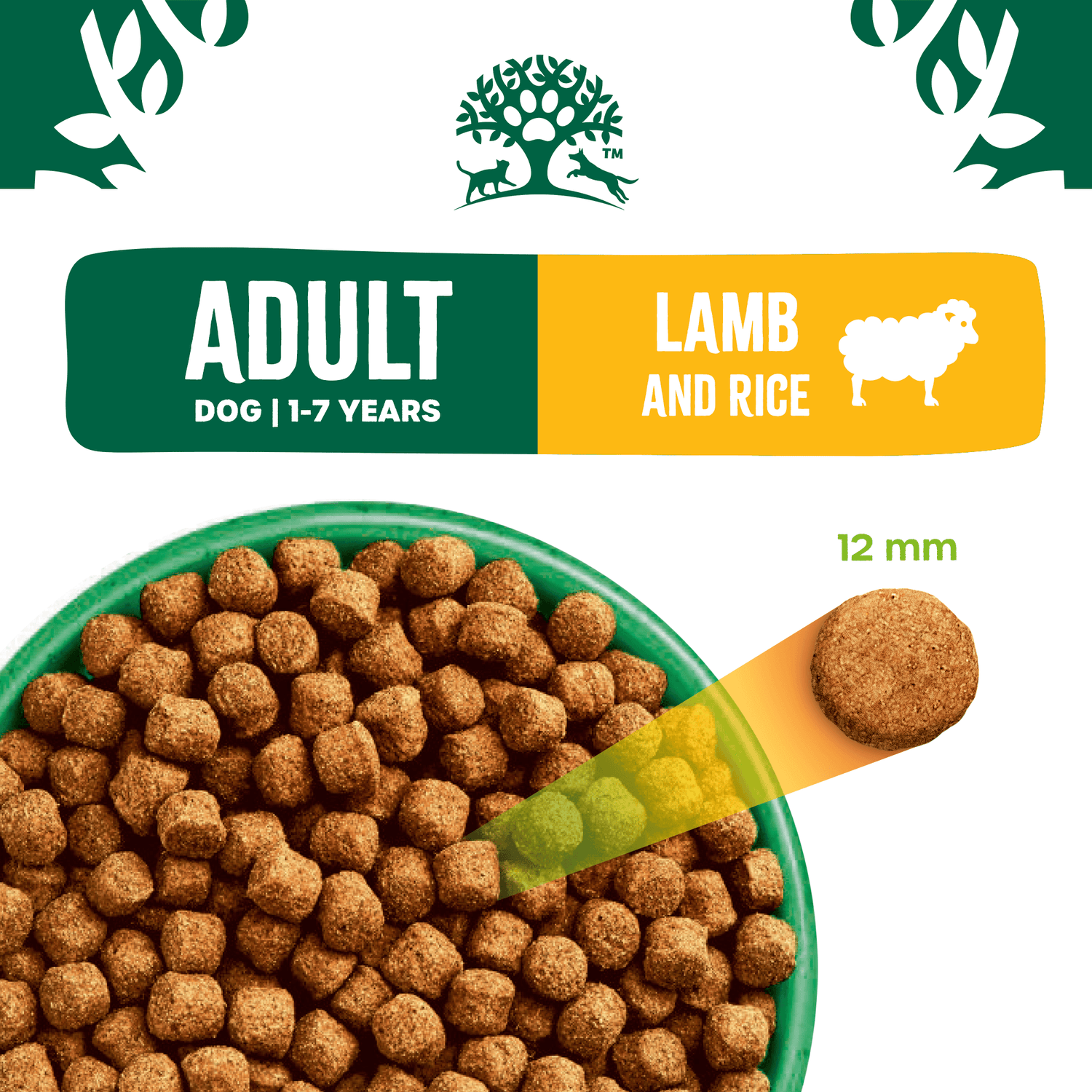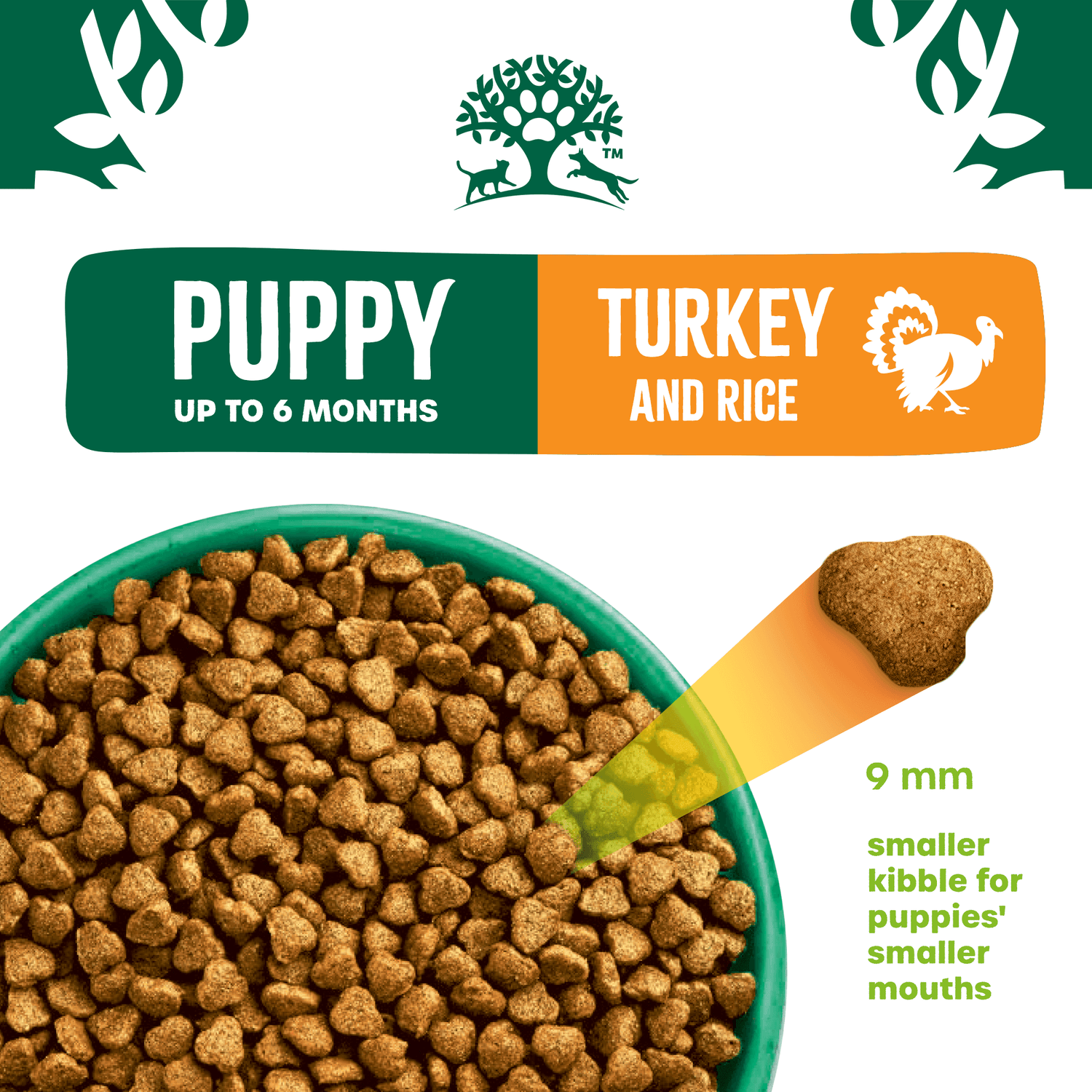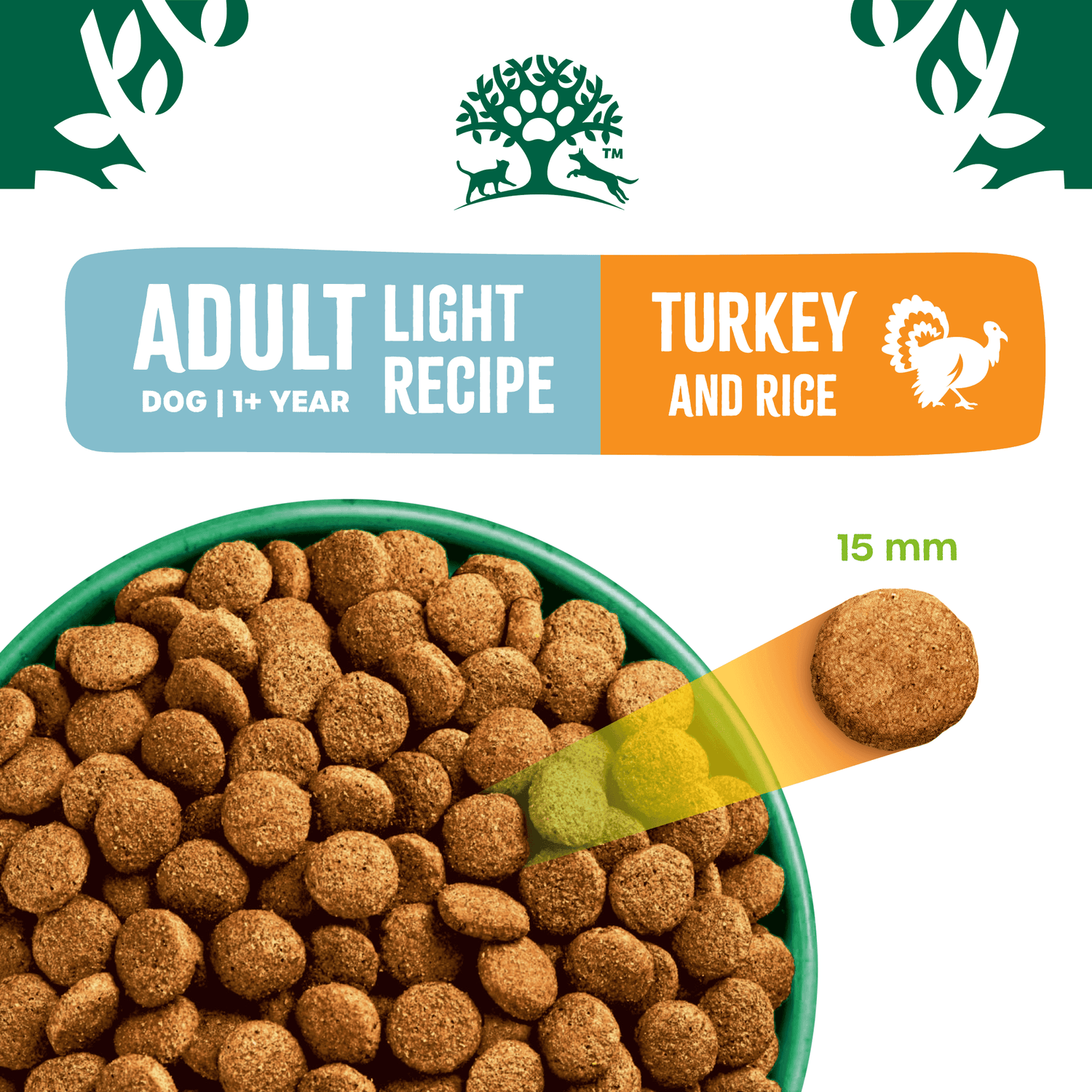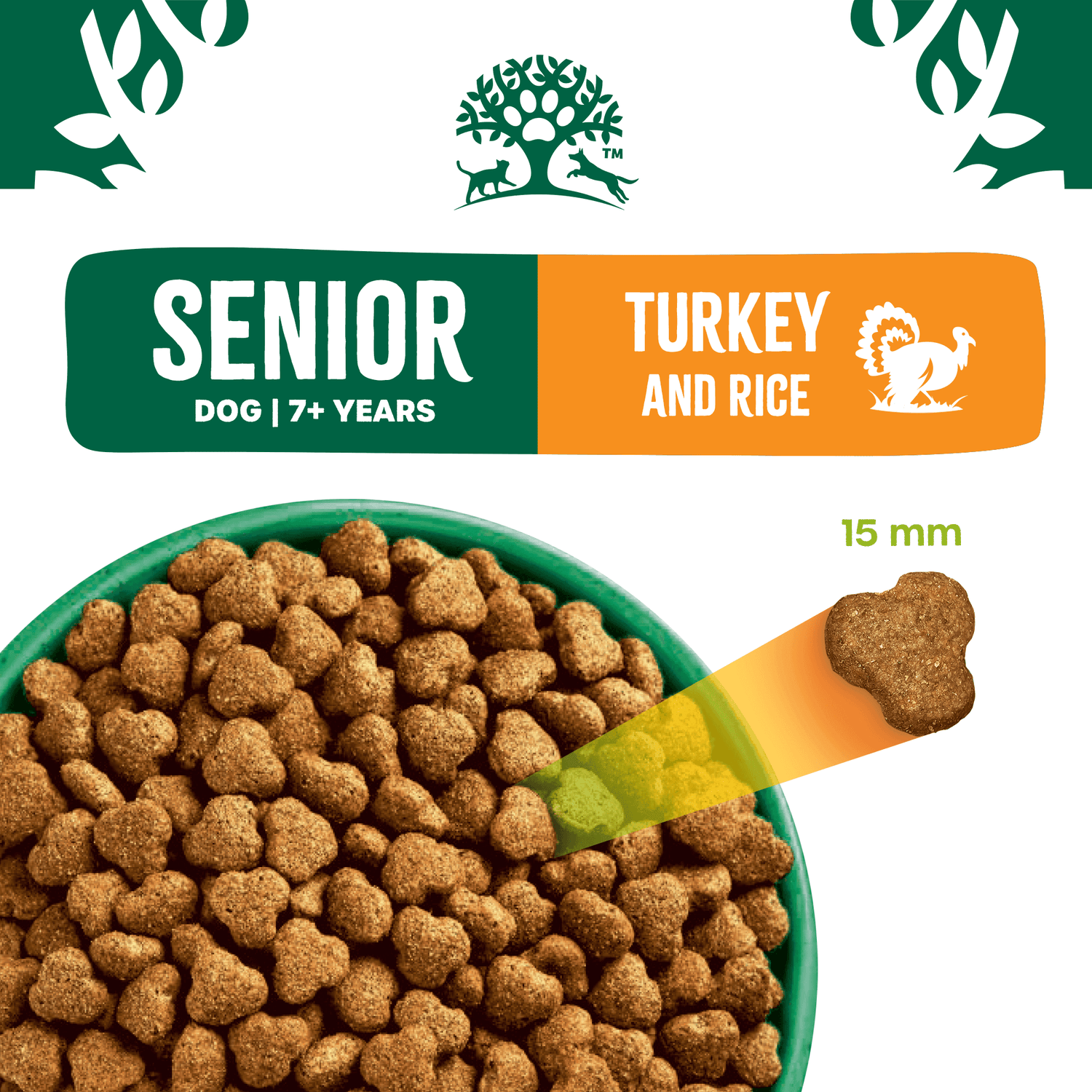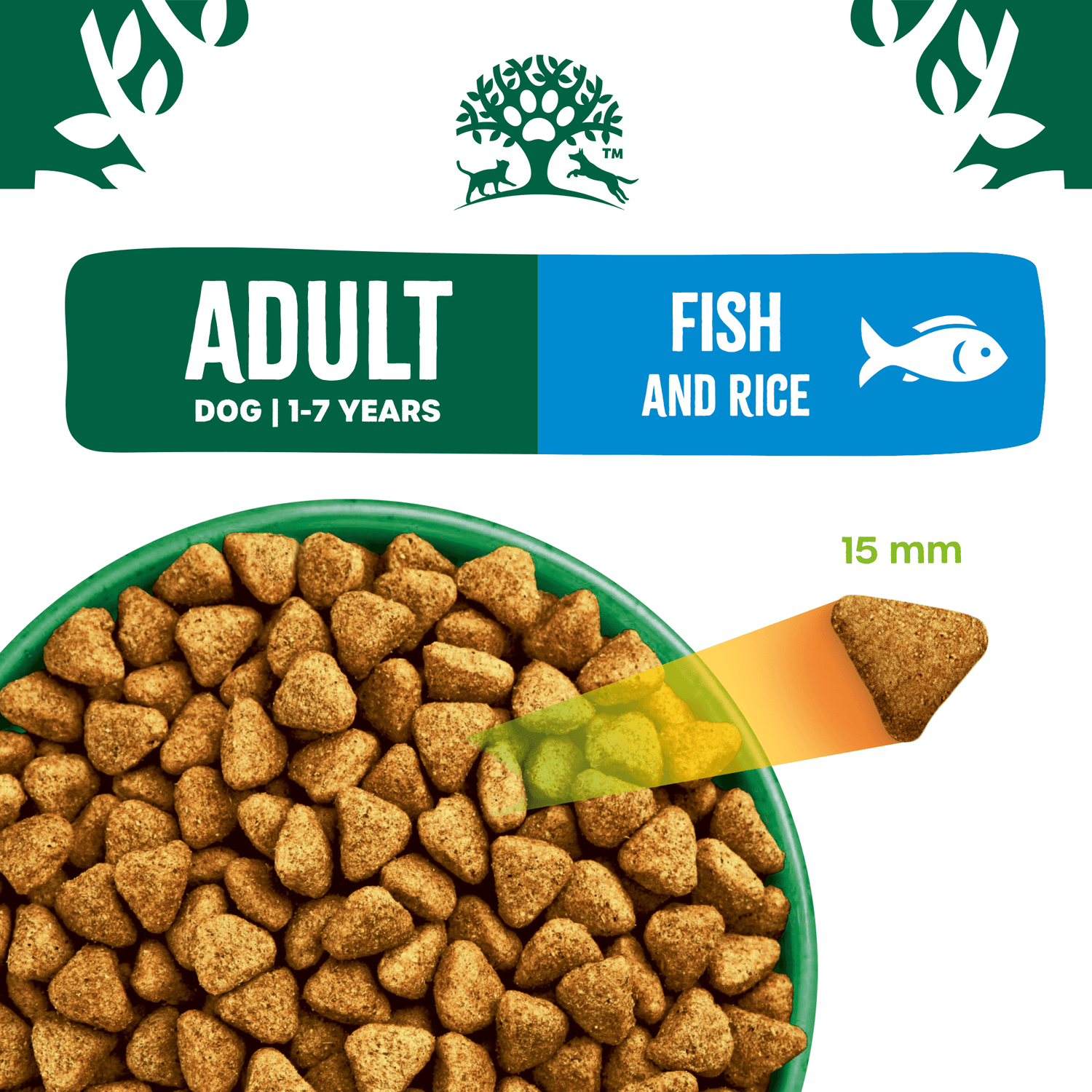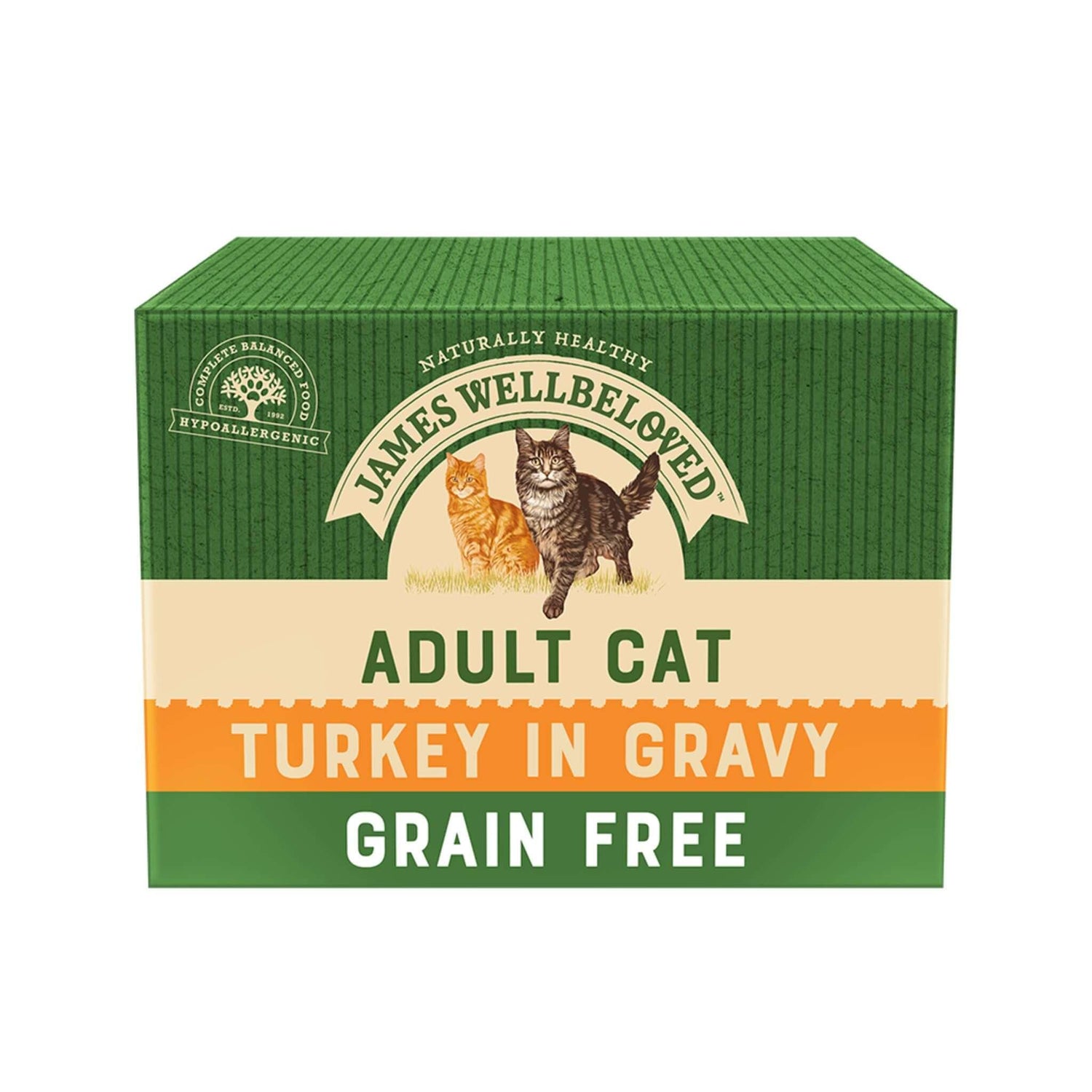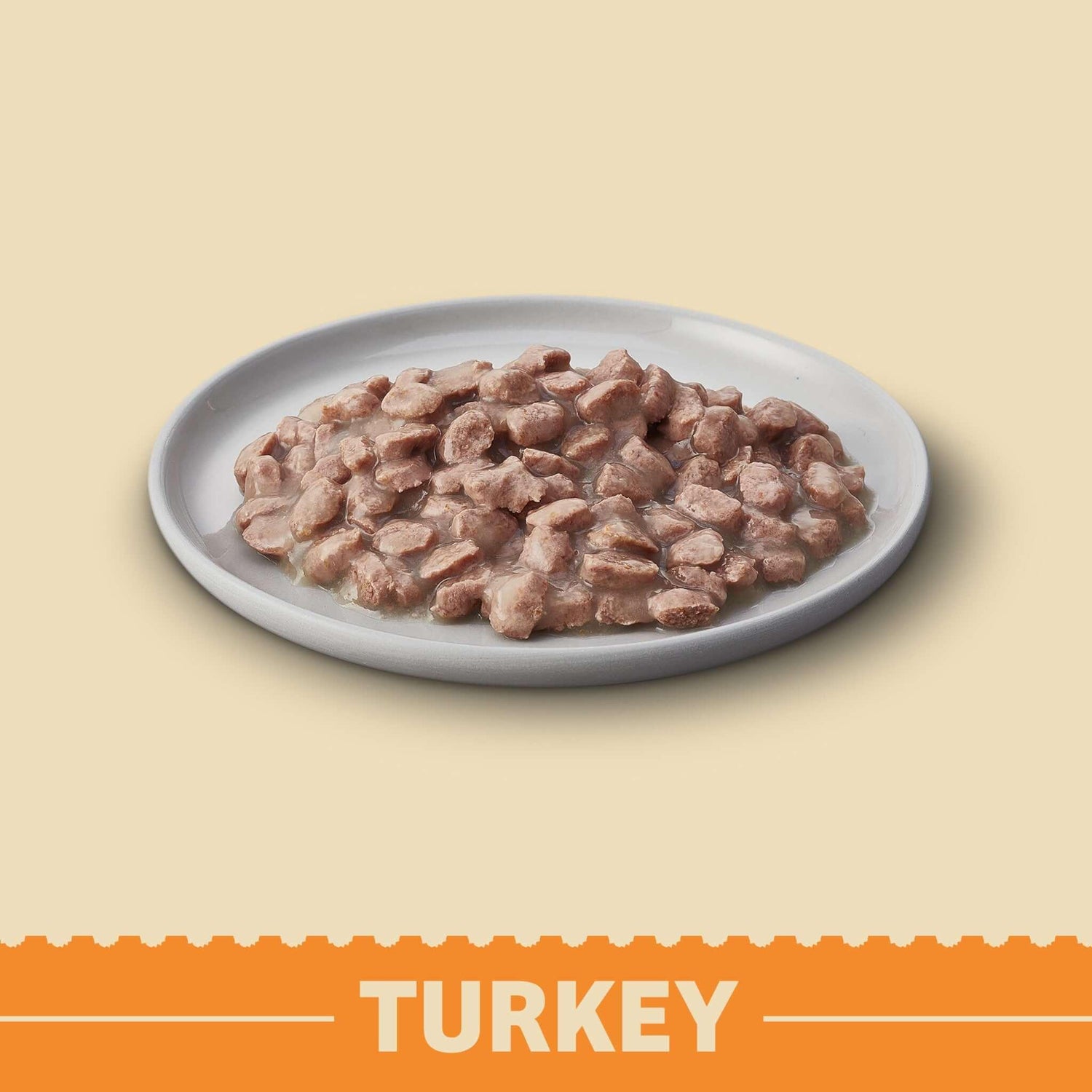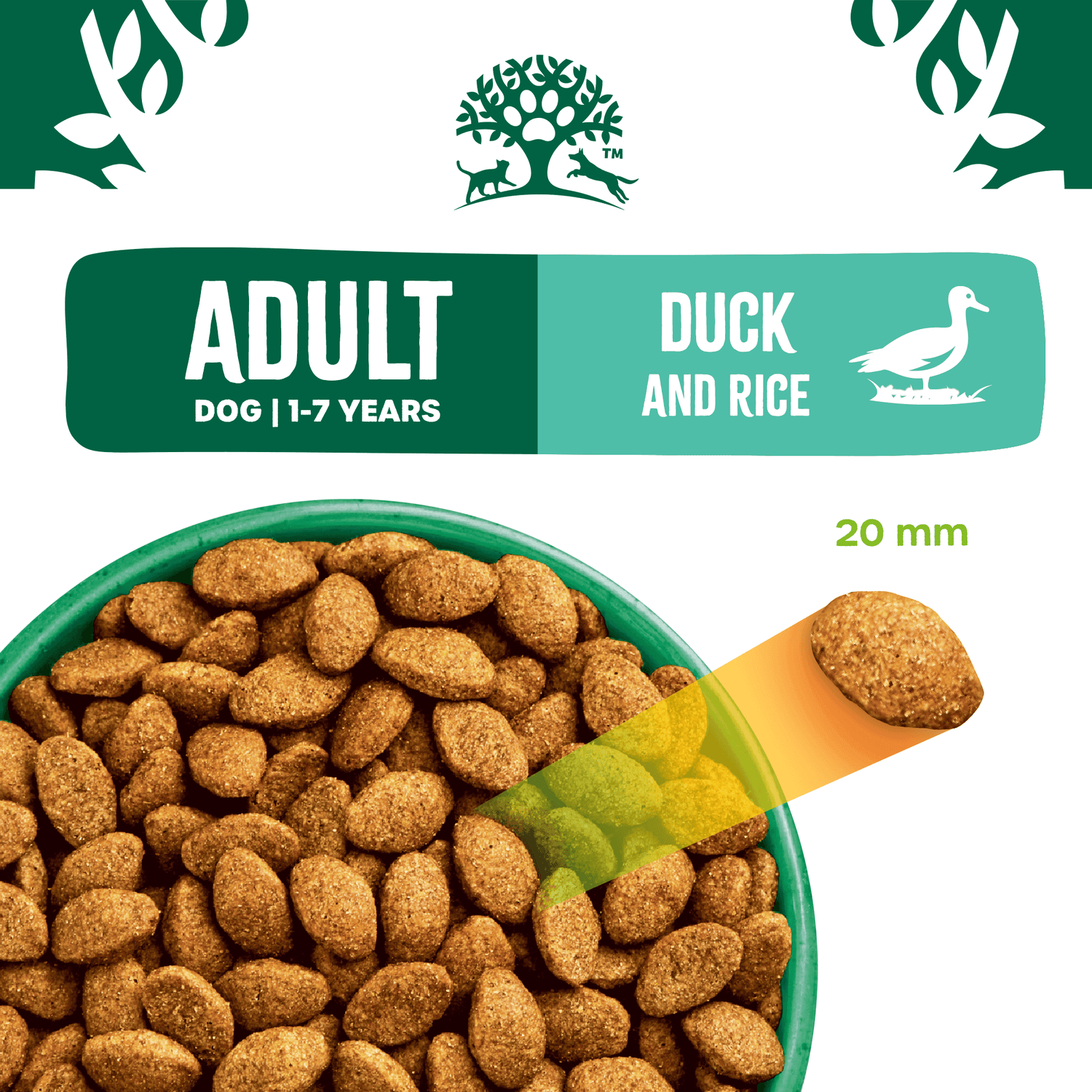Many pet owners choose to keep their beloved cats indoors. Often this is due to concerns over nearby busy roads, bullying neighbourhood cats, illnesses or unwanted pregnancies.
However, living indoors can mean your cat is unable to exhibit his or her natural behaviour and can lead to them becoming stressed or aggressive.
Some breeds are naturally better-suited to being indoor cats, but there are also several actions you can take to help your cat feel at ease inside your home.
What cats make the best indoor cats?
While all cats need some level of mental and physical stimulation to be happy, some are better suited than others to a life indoors. Of course, with restricted access to external stimulation, indoor cats will demand more of your time for affection, play and grooming.
Which breed of indoor cat is the friendliest?
A cat that stays indoors is one who should exhibit friendly behaviour. Such breeds are more likely to enjoy frequent social interaction and so be happy to share his or her living space with other people and pets. The following cats are known for their loyalty, love of affection (be it play or grooming) and are much more tolerant of people:
Which are the hypoallergenic cat breeds?
Approximately 10% of people are allergic to cats, yet they are the UK’s second-most-popular pet after dogs. As such there are plenty of cat owners who, despite their allergy, still long to live with a pet cat.
Fortunately, there are hypoallergenic cat breeds which are less likely to cause an allergic response. These include: Balinese, Bengal, Russian Blue, Siberian and the Sphynx.
Indoor cat breeds that are also hypoallergenic are likely to make better indoor pets, as allergy sufferers will be spending more time in close proximity to them.
How do you keep an indoor cat happy?
Indoor confinement can reduce your cat’s ability to express their natural behaviour and restrict their opportunities for exercise and mental stimulation, all of which can cause your cat to feel stressed. Therefore, it is important to find ways to improve your cat’s indoor environment:
Boredom may also lead to increased attention to food and over-sleeping, resulting in weight gain. Using puzzle feeders or mazes helps slow down your cat’s consumption and provides mental stimulation.
If they struggle to regulate their own food intake, choose a meal diet which contains less fat to suit the lower activity levels of housecats.





